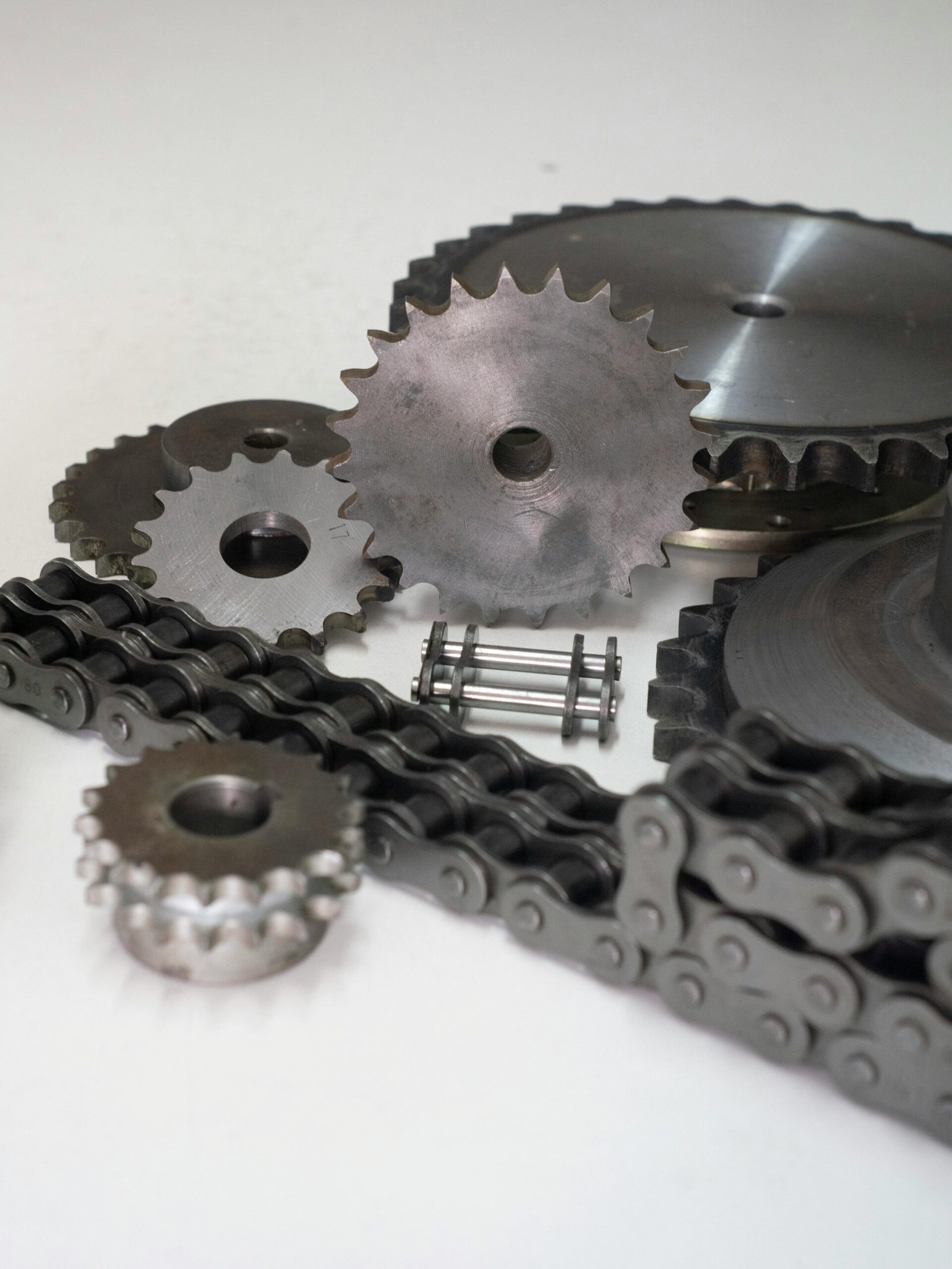Sintering
Sintering is a vital process in powder metallurgy and ceramics, involving the thermal consolidation of powdered materials to form solid components.
By heating powders below their melting point, the sintering process facilitates atomic diffusion, bonding particles together into a dense and mechanically robust structure.
A wide variety of metallic and ceramic components—used in industries ranging from automotive to aerospace—are manufactured using sintering.

Sintering: Principles, Processes, and Applications in Powder Metallurgy with SLM Metal Powders
Sintering is a vital process in powder metallurgy and ceramics, involving the thermal consolidation of powdered materials to form solid components. By heating powders below their melting point, the sintering process facilitates atomic diffusion, bonding particles together into a dense and mechanically robust structure. A wide variety of metallic and ceramic components—used in industries ranging from automotive to aerospace—are manufactured using sintering.
One of the leading suppliers of metal and iron powders for sintering applications is SLM Metal, known for producing high-purity, high-performance powders engineered for excellent sinterability and consistent quality.
Fundamentals of Sintering
Sintering involves three main stages:
Initial Stage: Formation of necks between adjacent particles.
Intermediate Stage: Growth of necks, elimination of interconnected pores.
Final Stage: Closure and spheroidization of pores, grain growth, and final densification.
The driving force behind sintering is the reduction of the system’s surface energy, facilitated through atomic diffusion. This diffusion is strongly influenced by factors such as particle size, temperature, and powder purity—all areas where SLM Metal powders excel.
Sintering Mechanisms
Surface and grain boundary diffusion: Promote neck formation and bonding.
Volume (lattice) diffusion: Drives densification.
Evaporation-condensation: May occur in high-temperature sintering but is often controlled to avoid porosity.
Types of Sintering
1. Solid-State Sintering
Occurs below the melting point of the primary material and is common in structural components made with SLM Metal’s iron-based powders, which are engineered for uniform diffusion and low oxide content.
2. Liquid-Phase Sintering
Involves a minor liquid phase that enhances mass transport and densification. SLM Metal’s tailored alloy powders are often used in systems requiring partial melting (e.g., copper alloys, tungsten-carbide blends).
3. Pressure-Assisted Sintering
Techniques like Hot Pressing or Spark Plasma Sintering (SPS) use external pressure and rapid heating. SLM Metal powders’ fine particle size distribution makes them ideal for these high-performance applications.
SLM Metal Powders for Sintering
SLM Metal produces a wide range of metal powders suitable for sintering, including:
Iron Powders: For structural parts, gears, and high-strength components.
Stainless Steels: For corrosion-resistant applications.
Copper and Bronze Powders: For electrical and thermal applications.
Nickel- and Cobalt-Based Alloys: For high-temperature and aerospace applications.
Custom Alloy Powders: Designed for specific customer applications and sintering behaviors.
Key Features of SLM Metal Powders:
High purity and consistent composition
Optimized particle morphology for flowability
Controlled particle size distribution
Low oxygen and impurity levels
Excellent compressibility and green strength
Critical Sintering Parameters
| Parameter | Impact |
|---|---|
| Temperature | Drives diffusion; must be tailored to the powder type. |
| Time | Affects grain size and final density. |
| Atmosphere | Inert or reducing atmospheres (e.g., H₂, N₂, Ar) used to avoid oxidation. |
| Powder Purity | High-purity SLM Metal powders minimize contamination and ensure mechanical integrity. |
| Particle Size | Fine, uniform particles (as provided by SLM Metal) enhance sinterability. |
Microstructural Evolution
SLM Metal powders are designed to optimize microstructural control during sintering:
Uniform grain growth: Ensures predictable mechanical properties.
Minimized porosity: Due to high sinterability and flowability.
Controlled phase formation: Especially in multi-phase or alloyed systems.
Applications of Sintered Components Using SLM Metal Powders
| Industry | Component Examples |
|---|---|
| Automotive | Gears, bushings, brake components, valve seats. |
| Aerospace | High-temperature turbine components, engine brackets. |
| Electronics | Heat sinks, magnetic cores, conductive components. |
| Medical | Implants, surgical tools, prosthetics. |
| Tooling | Cutting inserts, wear-resistant components. |
Advantages of Using SLM Metal Powders in Sintering
Enhanced densification and microstructural uniformity
Consistent sintering performance across batches
Reduced material losses due to high powder utilization
Flexible alloy customization for advanced applications
Compatibility with advanced sintering techniques (e.g., SPS, microwave sintering)
Challenges and Solutions
| Challenge | SLM Metal Powder Solution |
|---|---|
| Residual porosity | Fine, uniform powders improve packing and reduce pore formation. |
| Oxidation during sintering | Low oxygen content in SLM powders reduces oxidation risk. |
| Grain growth affecting strength | Tailored alloy compositions help inhibit excessive grain growth. |
Innovation with SLM Metal and Sintering Technology
SLM Metal is actively contributing to the next generation of materials manufacturing by aligning their powder offerings with emerging sintering technologies:
Additive Manufacturing + Sintering: Binder jetting and material extrusion benefit from high-quality SLM Metal powders during post-sintering consolidation.
Sinter-Based MIM Alternatives: SLM Metal powders support new metal injection molding (MIM) variants that require high green strength and consistent sinterability.
Sintering remains a cornerstone of modern manufacturing, enabling the production of high-performance components from metal and alloy powders. With the availability of engineered powders from SLM Metal, manufacturers can achieve superior densification, microstructure control, and mechanical performance. Whether it’s for structural parts in the automotive sector or critical components in aerospace and medical devices, SLM Metal powders empower precision, reliability, and innovation in sintering-based production.
